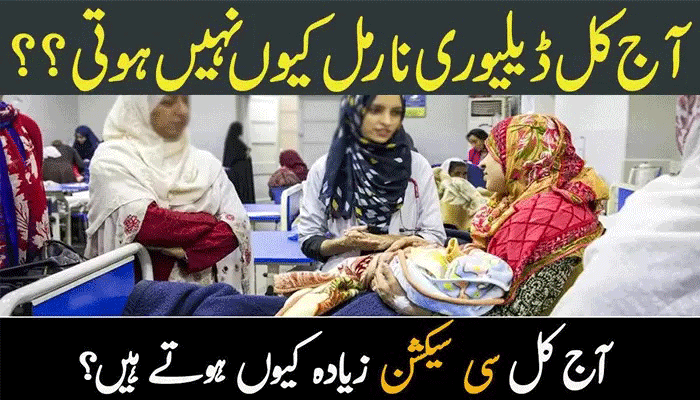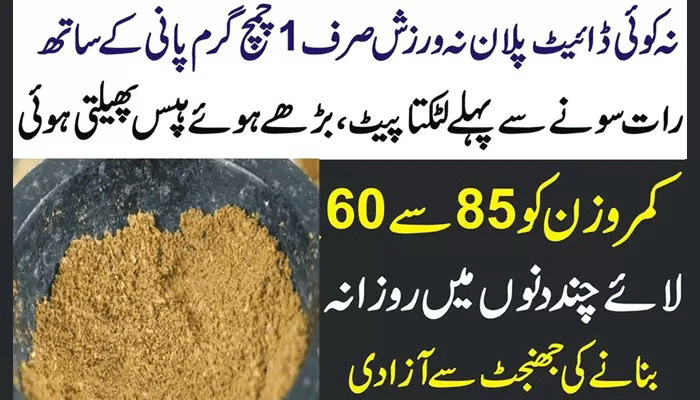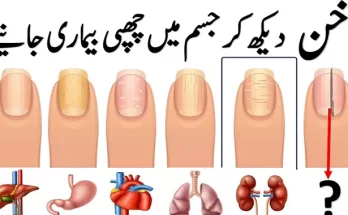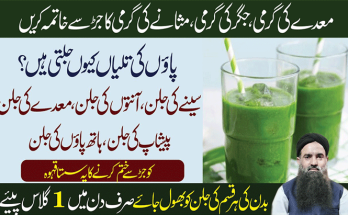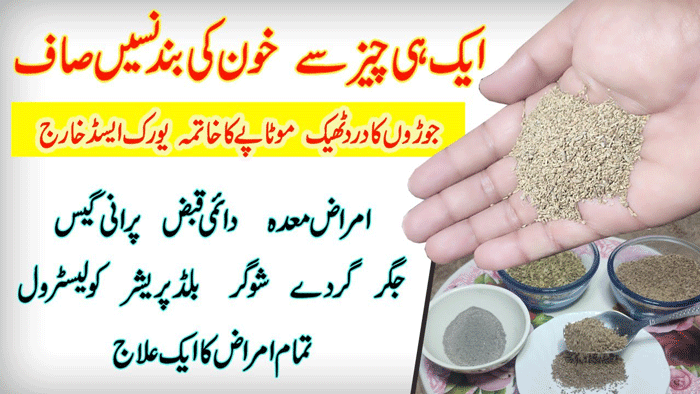
London: When the weather’s hot, it’s good to ditch tights in favor of bare legs. But some people would rather stay covered up. It’s estimated that up to 25 percent of women and 15 percent of men have varicose veins on their legs and sometimes feet – swollen blue or purple veins that often look lumpy and twisted.
They can become painful, causing leg swelling, skin damage, and even ulcers. And they also leave people at higher risk of thrombophlebitis or potentially dangerous deep vein thrombosis. Yet the NHS is cutting back on treatment – typically involving surgery – as it is regarded as ‘nonessential’ or ‘cosmetic’, while effective new treatments are being ignored.
Varicose Veins: A Real Pain in The Leg and Feet
Varicose veins are overstretched blood vessels. Weakness in the vein walls and stretching of the valves means that instead of the blood making its way back up to the heart, some of it pools in the veins. The failing valves further increase the pressure in the stretched veins.
The possibility of developing the condition is increased if you have to stand for long periods, are overweight, or pregnant; there is also a genetic link. Some people have few, if any symptoms, but many suffer aching, throbbing, swelling, and heaviness in the legs, and sometimes itchiness around the affected area.
Mild symptoms can be eased by resting, raising your legs, or wearing support stockings. However, over time poor blood flow can result in thinning and inflammation in the surrounding skin, as well as increased fluid in the legs.
So should we be dealing with varicose veins earlier to prevent these complications? According to consultant interventional radiologist Dr. Jocelyn Brookes from University College London, ‘Although the usual initial treatment with compression stockings can help with symptoms, they don’t actually prevent progression of the varicose veins.’
He also points out that the typical surgical approach, where the veins are ‘stripped’ by cutting and removing the section of dilated vein, ‘leaves extensive bruising, requires a six-week recovery period, and carries the risk of DVT and infection. Plus there is still a significant recurrence rate of 50 percent within five years.’
Dr. Brookes was one of the first British doctors to start using a less invasive treatment called endovenous laser ablation. Along with a similar procedure known as radiofrequency ablation, this heat treatment causes a controlled burn inside the dilated vein which closes and seals it.
Endovenous laser ablation has become increasingly popular, with high patient satisfaction rates. ‘This minimally invasive approach has fewer side effects and a rapid recovery,’ says Dr. Brookes, ‘as well as an impressive success rate of 98 percent, maintained after two years.
What’s more, its recurrence rate is as low as one to three percent a year, far less than with surgery, and the National Institute for Health and Care Excellence [NICE] guidelines point to the long-term benefits.’
Unfortunately, this approach is not more widely available on the NHS; your doctor usually needs to make an ‘individual funding request’ in order to get any varicose vein treatment. For more details of Dr. Brookes’s endovenous laser ablation procedure, which is available privately, go to royalfreehadleywood.com/21st-century-varicose-vein-treatment.

